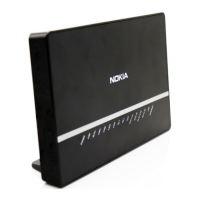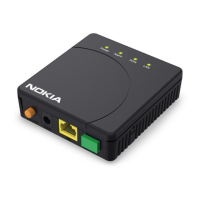FD 100/320Gbps NT and FX NT IHub Services Guide Services Overview
Issue: 13 3HH-11985-AAAA-TQZZA 49
Figure 2 Service Access Point (SAP)
3.4.2.1 SAP Configuration Considerations
When configuring a SAP, consider the following:
• An SAP is a local entity and only locally unique to a given device. The same SAP
ID value can be used on another ISAM/service router.
• There are no default SAPs. All SAPs in subscriber services must be created.
• The default administrative state for a SAP at creation time is administratively
enabled.
• When a SAP is deleted, all configuration parameters for the SAP will also be
deleted. For Internet Enhanced Service (IES), the IP interface must be shutdown
before the SAP on that interface may be removed.
• A SAP is owned by and associated with the service in which it is created in each
ISAM.
• If a port is administratively shutdown, all SAPs on that port will be operationally
out of service.
• A SAP cannot be deleted until it has been administratively disabled (shutdown).
• Each SAP can have one each of the following policies assigned:
• Ingress filter policy
• Egress filter policy
3.4.3 Service Distribution Points (SDPs)
A service distribution point (SDP) acts as a logical way to direct traffic from one ISAM
to another PE through a uni-directional (one-way) service tunnel. The SDP
terminates at the far-end ISAM/service router which directs packets to the correct
service egress SAPs on that device. A distributed service consists of a configuration
with at least one SAP on a local node, one SAP on a remote node, and an SDP
binding the service to the service tunnel.
Customer
27
IP Network
SAP
3/1/6
dot1q
SAP
2/2/3
dot1q
Service
Cust-27
SAP
ALA-A
Customer
27

